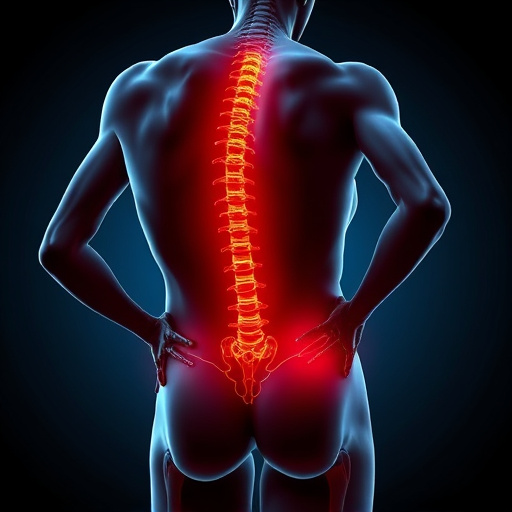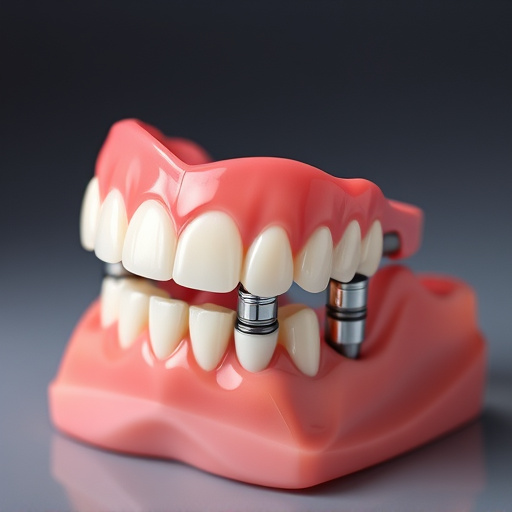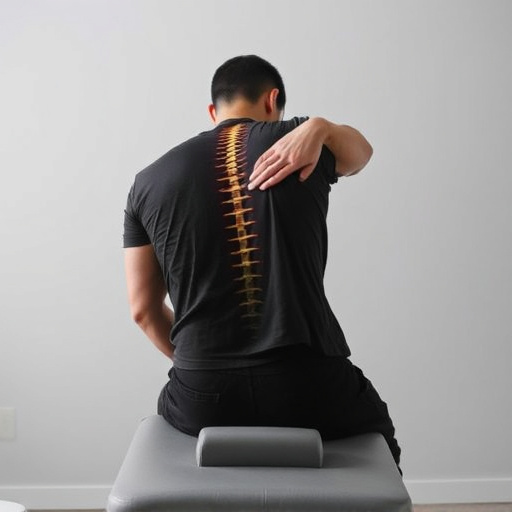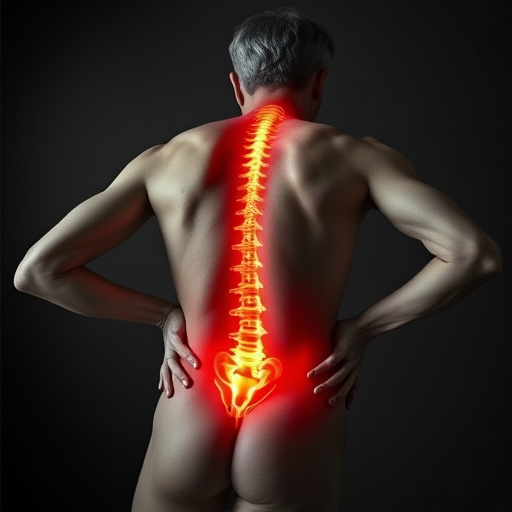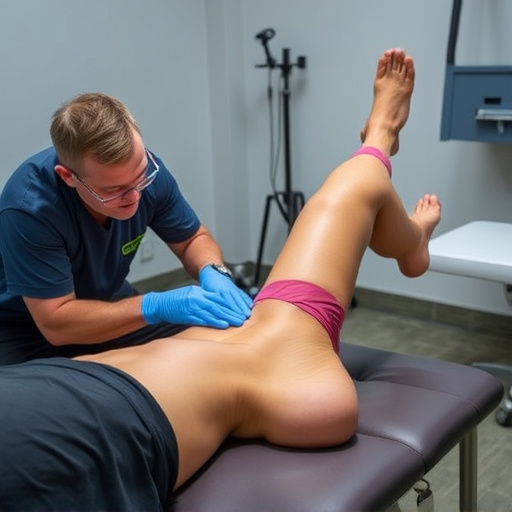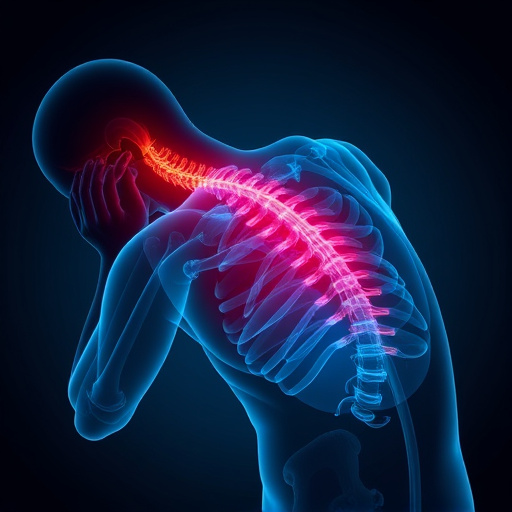Post accident rehabilitation offers tailored options: inpatient for intensive 24/7 care and structured plans, and outpatient for flexible scheduling, self-paced recovery, and specialized treatments like physical therapy. Inpatient focuses on comprehensive support while outpatient emphasizes independence and personalized therapies based on individual needs, from severe injuries to neck pain or sports injuries.
Choosing the right rehab path is crucial for a successful recovery after an accident. This article explores two primary options: inpatient and outpatient rehabilitation, each catering to distinct needs. We delve into the comprehensive stay offered by inpatients, where round-the-clock care facilitates intense therapy. Outpatient programs, on the other hand, provide flexibility and self-paced healing, ideal for those who require more autonomy. Understanding these options is key to selecting the best post-accident rehabilitation approach.
- Understanding Inpatient Rehabilitation: A Comprehensive Stay
- Outpatient Care: Flexibility and Self-Paced Recovery
- Post-Accident Needs: Individualized Treatment Options Compared
Understanding Inpatient Rehabilitation: A Comprehensive Stay
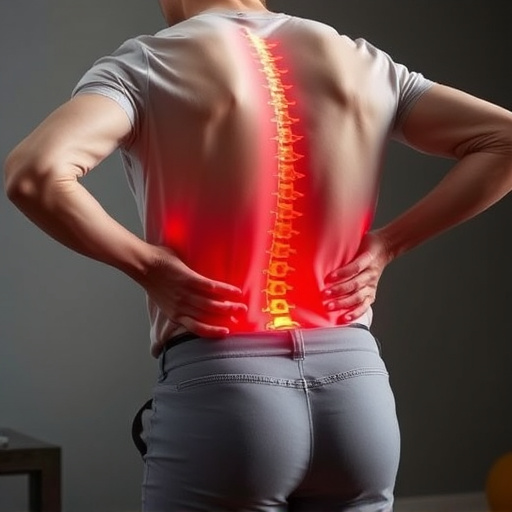
Inpatient rehabilitation offers a comprehensive and immersive recovery experience for individuals post-accident or with chronic conditions. This intensive approach involves a structured daily routine designed to enhance physical, cognitive, and emotional well-being. Patients typically reside at the facility for an extended period, often lasting several weeks or more, allowing for close monitoring and personalized care. The program includes various therapeutic activities such as individual therapy sessions, group support meetings, specialized exercises tailored to specific injuries (like car accident injury care), and skills training for daily living. Inpatient rehabilitation is ideal for those who require a secure environment free from distractions, focusing on intensive functional rehabilitation and chronic pain management.
This type of rehabilitation provides an opportunity for individuals to disconnect from their regular routines and fully dedicate themselves to recovery. Patients benefit from a supportive community of peers facing similar challenges, fostering a sense of camaraderie and motivation. The dedicated team, consisting of physicians, therapists, and nurses, ensures around-the-clock care and support, addressing physical needs while also tending to the emotional aspects of recovery. This holistic approach can significantly accelerate the healing process, empowering individuals to regain control over their lives post-accident or during chronic pain management.
Outpatient Care: Flexibility and Self-Paced Recovery
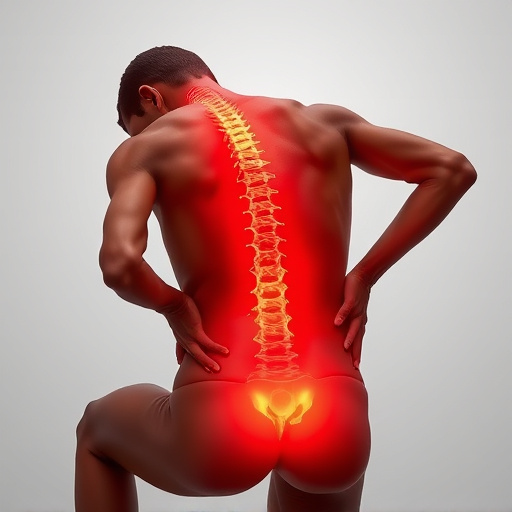
Outpatient care offers a flexible and self-paced approach to post accident rehabilitation, making it an attractive option for individuals seeking recovery from various conditions, including sports injuries and neck pain. Unlike inpatient settings, outpatient programs allow patients to maintain their daily routines while receiving specialized treatment. This flexibility is particularly beneficial for those who require a more gradual return to normal activities without the constraints of a hospital stay.
During outpatient rehabilitation, patients typically attend scheduled sessions at a clinic or healthcare facility. The intensity and duration of these sessions are tailored to each individual’s needs, ensuring that they receive comprehensive care while preserving their independence. This self-paced recovery can lead to improved outcomes as it enables patients to manage their progress according to their comfort level and personal goals, whether it’s alleviating neck pain or recovering from a sports injury.
Post-Accident Needs: Individualized Treatment Options Compared
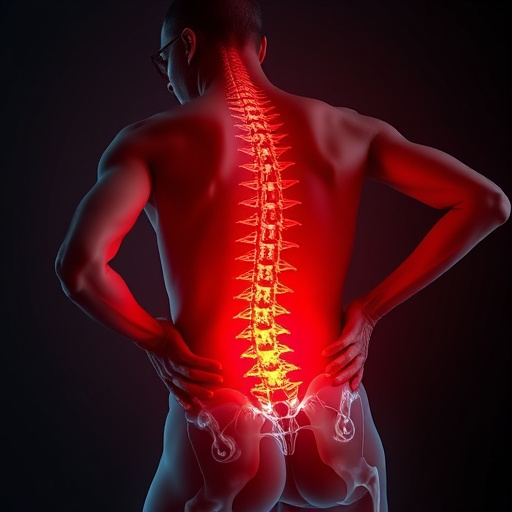
After an accident, individuals often require specialized care to manage their physical and emotional well-being. The choice between inpatient and outpatient rehabilitation depends on various factors, including the severity of injuries and individual needs. Inpatient post-accident rehabilitation offers a more intensive and comprehensive approach, providing around-the-clock medical monitoring and structured treatment plans. This is particularly beneficial for patients with complex injuries or those needing significant support in their recovery process.
In contrast, outpatient rehabilitation allows individuals to receive specialized care while maintaining their independence. It’s ideal for those with less severe injuries who are capable of managing their daily routines and can commit to regular therapy sessions, such as physical therapy for muscle recovery and chronic pain relief. Outpatient programs often offer flexible scheduling options, catering to diverse lifestyles, and focus on enabling patients to regain functionality and independence in a familiar environment.
When considering post-accident rehabilitation, the choice between inpatient and outpatient care depends on individual needs and preferences. Inpatient programs offer comprehensive, intensive treatment in a controlled environment, ideal for severe cases or those requiring constant monitoring. Outpatient options provide flexibility and self-paced recovery, suitable for milder injuries where regular sessions can be integrated into daily life. Ultimately, the best approach ensures personalized treatment aligns with the patient’s post-accident rehabilitation goals.
